In the opening chapter of his book The Creative Act: A Way of Being, music producer Rick Rubin argues that the capacity to create is part of our very essence:
To create is to bring something into existence that wasn’t there before. It could be a conversation, a solution to a problem, a note to a friend, the rearrangement of furniture in a room, a new route home to avoid a traffic jam.
As a species, we’ve created some pretty amazing things over the course of our history.
Beautiful art. Controversial. But gorgeous.
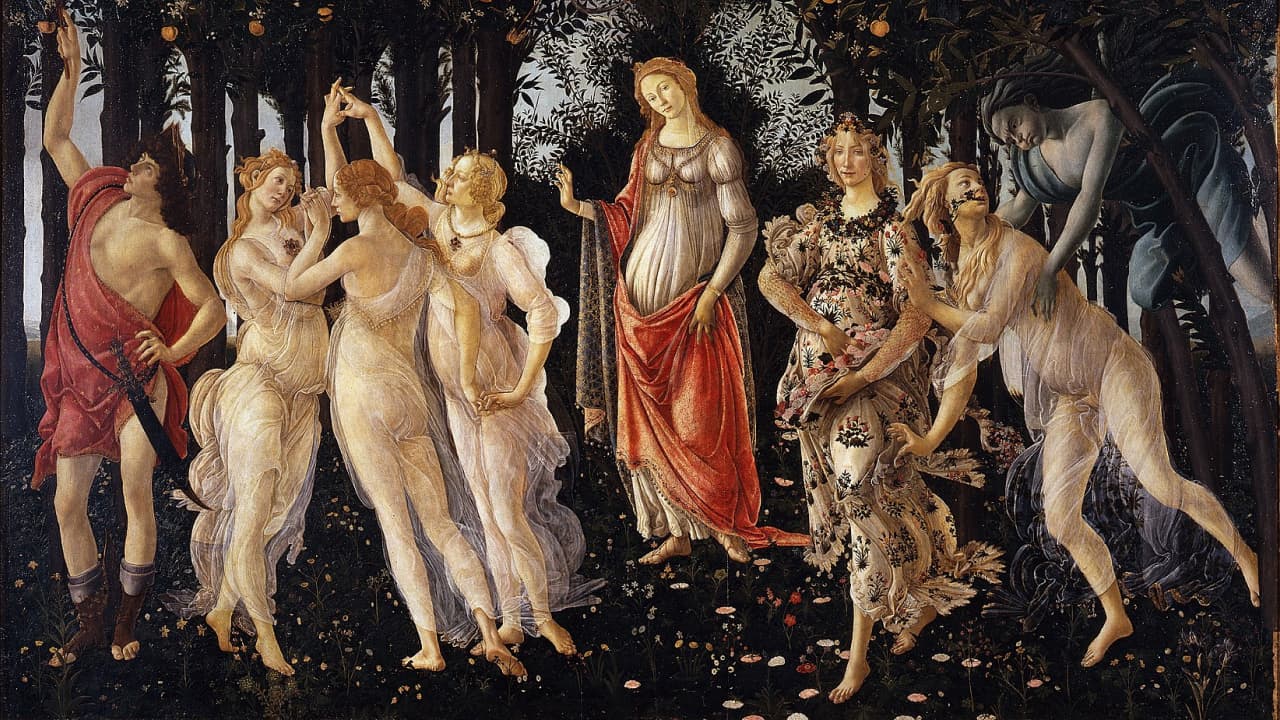
Sculpture so sublime that Corradini, Sanmartino and their contemporaries were accused of alchemy.
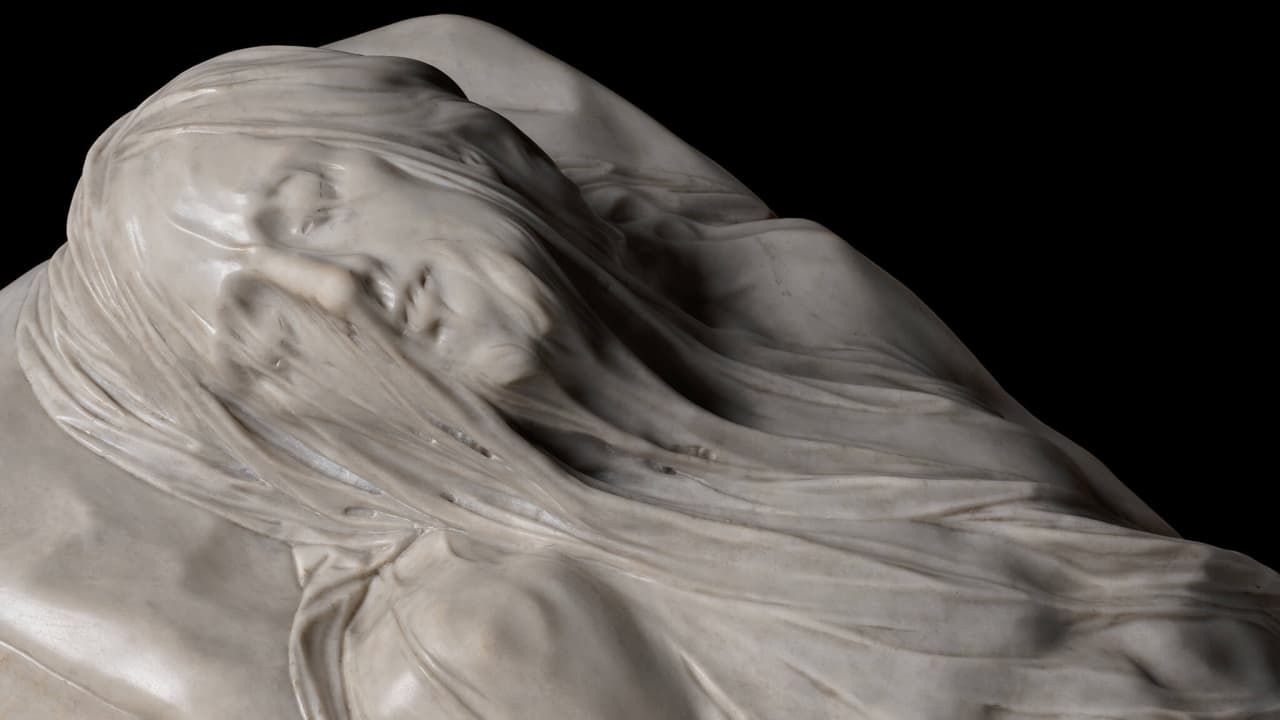
Monuments built as a celebration of undying love that have come to symbolize an entire nation.

And even in the present age, there are those who carry on building and making in that same spirit and tradition. They are the inveritable masters of their domains — consistently pushing their skill, medium and materials to the absolute limit. Their attention to detail is second to none, and their work is almost indistinguishable from magic.
Polestar may be underperforming in terms of sales, but their automotive design is chef’s kiss.

In film and television, cinematography is paramount; and few do it better than Greig Fraser. His work on Dune, Dune: Part Two and The Batman is top tier.

I absolutely adore the editorial design on the ESV Illuminated Bible.

Monument Valley’s immersive art direction, gameplay and sound design forever raised my expectations for mobile games.
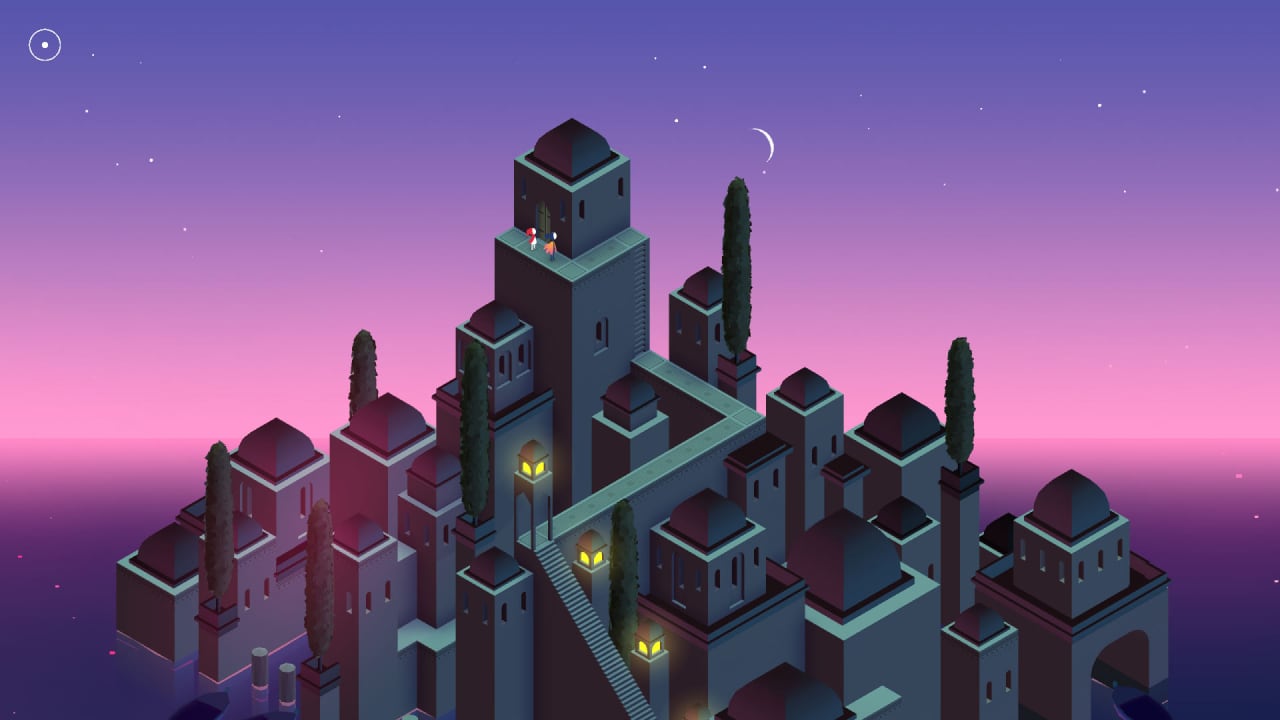
And finally; within industrial design, everything Teenage Engineering touches seemingly turns to gold.
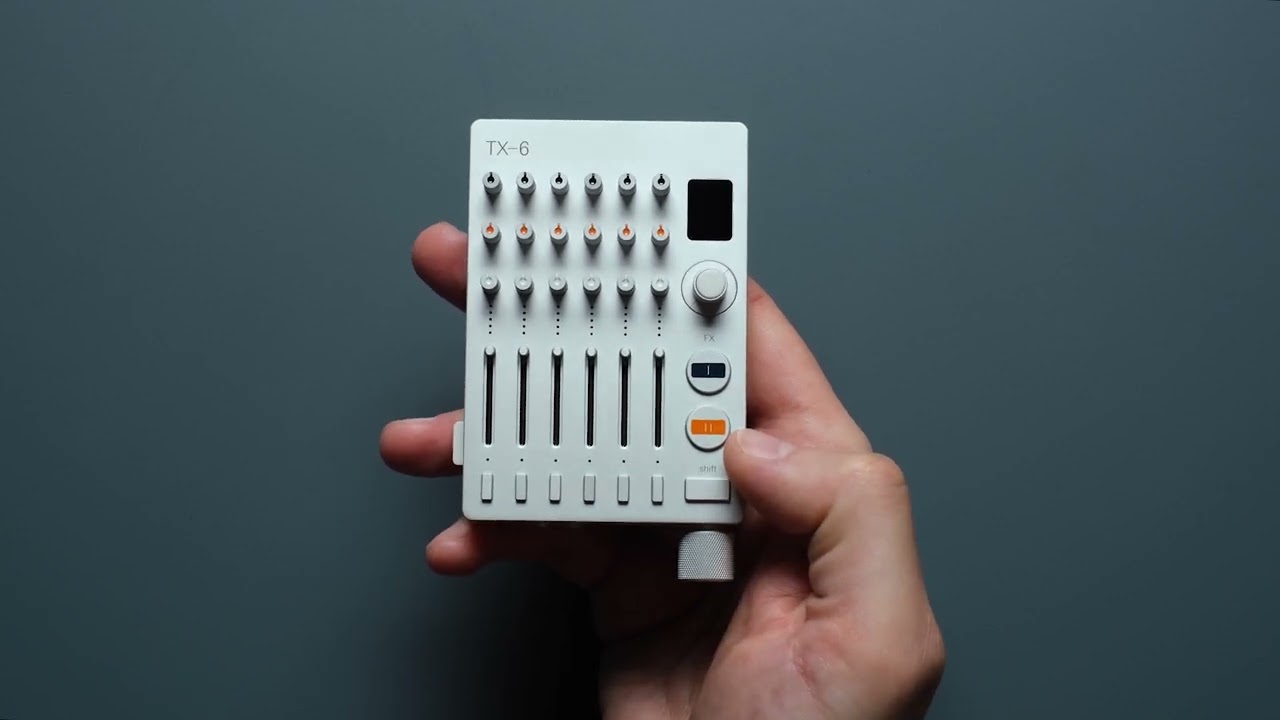
Whether in this millenium or the one before, one needs two key attributes to produce work of this caliber — taste and craft.
This essay is a reflection on both, viewed mostly through the lens of digital product design.
On taste, and getting started
Taste is defined as the ability to discern that which is of good quality or of a high aesthetic standard. Taste is a highly contentious topic — the jury is still out:
The problem with the concept of taste is that it’s so ephemeral. One view of the world is that some people just have it and others don’t. Either you’re lucky enough to be born with it and you’ll be forever awesome or you’re a tasteless sod doomed to create crappy work.
I don’t subscribe. I think taste is mostly about developing an eye for the details that matter and that it’s absolutely something that can be learned.David Heinemeier Hansson
Sure, you can’t deny that some people are born with predisposed aptitudes. The prolific Hungarian composer Franz Liszt began to improvise at the piano from before the age of 5, and was performing for nobility by age 9. Picasso painted First Communion at the age of 14.
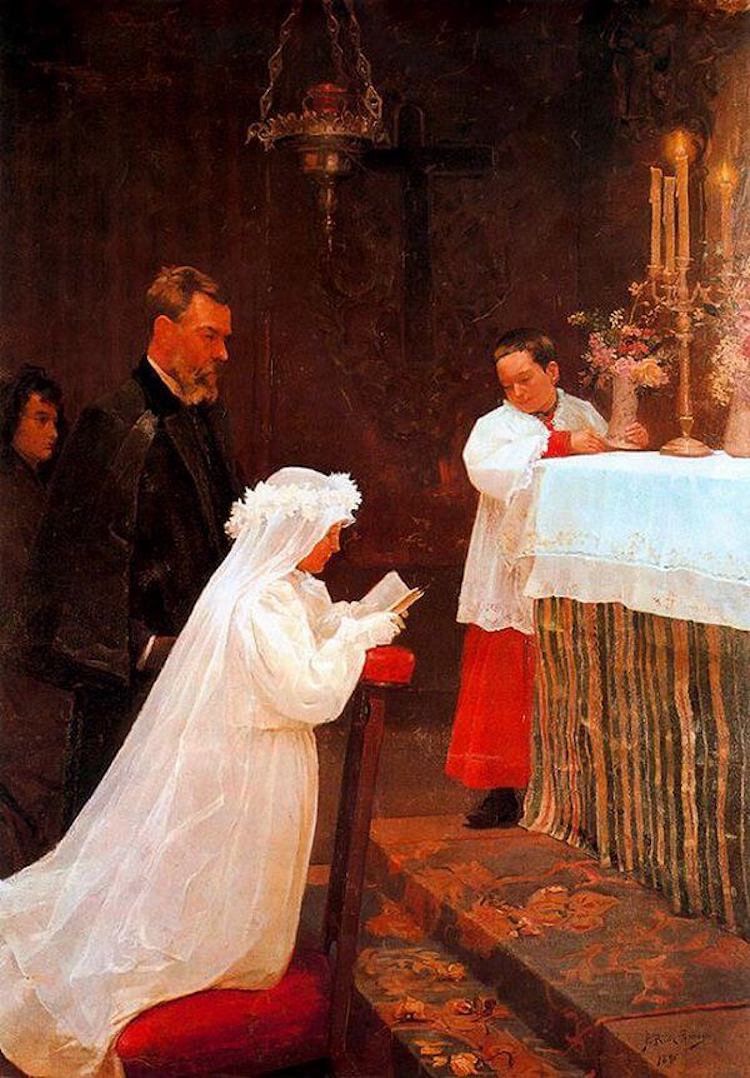
So how do you develop taste if you don’t happen to be born with it? How can you be in any position to affirm what good products and experiences look like if you haven’t seen them before?
Expose yourself to quality work
The easiest way to get started is to expose yourself to high-quality work from others. Design agencies and studios maintain updated portfolios that make finding such work easier. Here’s a list of my favorites from around the world:
You can also elevate your taste by browsing directories and curated collections:
There are plenty of product companies that consistently push out great work that serve as benchmarks for the rest of us:
Poke around
The thing I love most about the Web is that you can lift the hood and simply inspect any interesting detail you chance across. Using the Inspect feature in your browser will take you a long way.
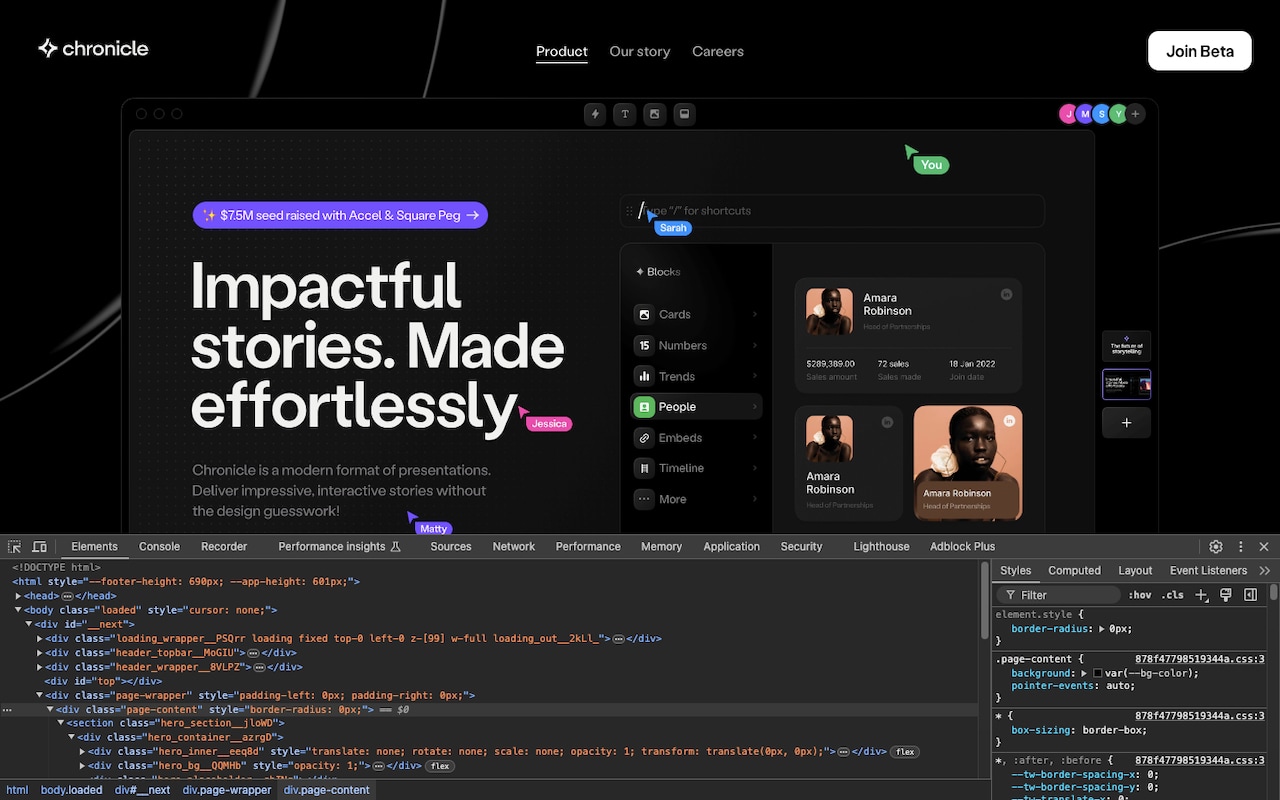
Curate your own catalog
As you study good work, bookmark the ones that really resonate with you. Use tools like Dropmark, mymind or Raindrop.io to create a catalog. With each new entry, make a note about why that piece spoke to you.
It used an interesting layout.
The copy was clever and make you chuckle.
The chosen color palette was unique.
It used animation in novel ways.
Everything was intuitive and easy to understand.
Whatever the reason, write it down.
Over a period of time, you’ll start to see patterns in the entries you bookmark. You’ll notice you gravitate toward a certain visual style. You prefer certain interaction patterns over others and can articulate why they’re better.
This curated catalog now becomes your ceiling. Like it or not, it is the digital representation of your taste at that given point in time. Hypothetically, this is what you could create if you didn’t have any limit on your ability.
On craft — and using your taste to elevate it
Craft refers to the skills involved in carrying out one’s work. It’s what you need to design and build stuff. Within digital, craft entails all of these:
- Mastery of the fundamentals of digital design
These include (but are in no way limited to) layout, typography, color theory, interaction patterns, motion; but also mental models, human psychology, business models, writing and storytelling. - Awareness of the grain of the digital medium and its constraints
Steve Jobs spoke about how “there are certain things you can't make plastic do or glass do.” Similarly, the grain of the Web is HTML, CSS & JS; the rending canvas is the browser and together these impose constraints on our work. For example, the industry used web-safe colors up until the 2000s because that’s all that the majority of displays could consistently render. Expressive web typography became a thing only after 2010 because we had to first figure out how to license and render fonts at scale. - Expertise with the right design tools
The industry has moved from Photoshop to Sketch to Figma over the last couple of decades and better tools are always on the horizon, but this is the least important aspect of craft. Your tool of choice will rarely prevent you from achieving your desired results.
Replicate great work
The surest way to improve your craft is by copying great work done by others. Take a piece of design from your taste catalog above and try to replicate it from scratch. Start with something simple — like a card.
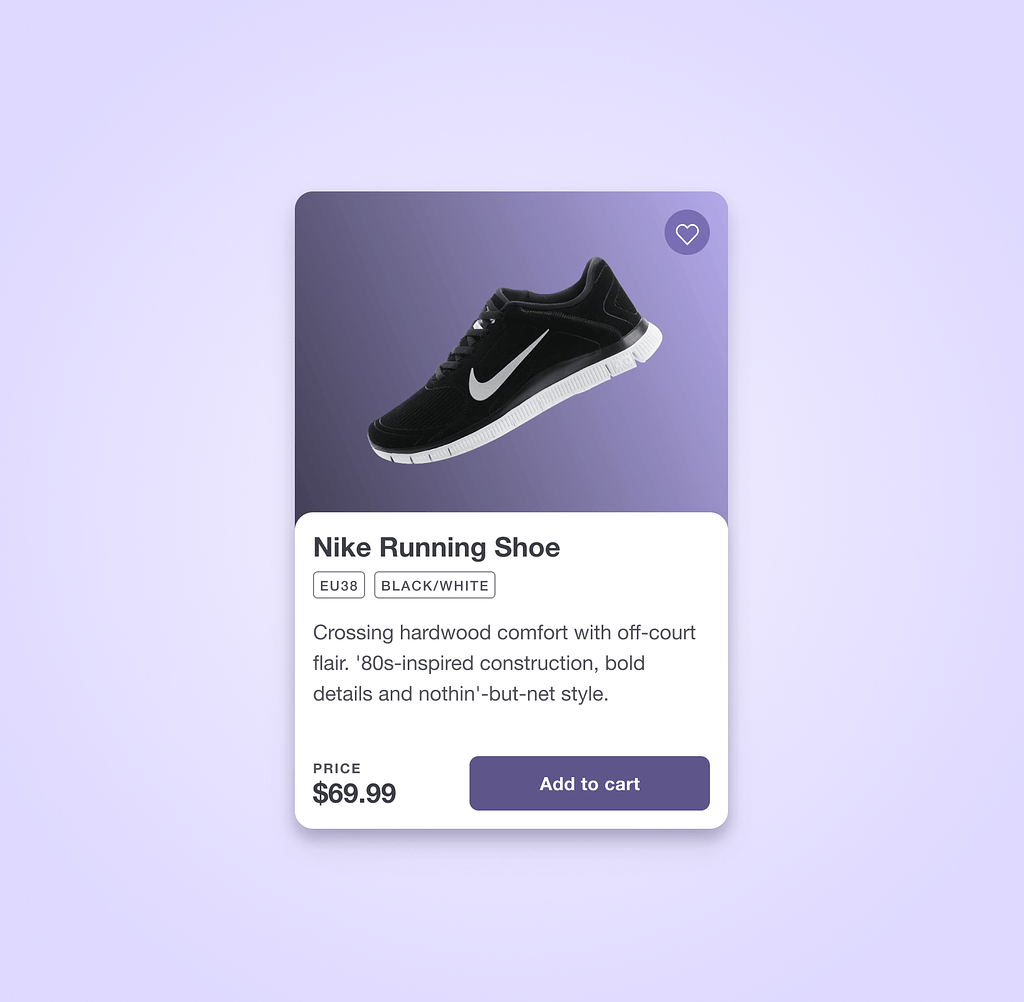
Really recreate it from scratch. Don’t cheat by using premade UI components or kits. In the beginning, this is hard and will take time and practice to get right.
Then move onto something a little more complex — a dropdown menu, perhaps?

As you attempt to recreate this, pay close attention to the details. To get you started:
- Use of opacity and font sizing to denote hierarchy
- Chunking of related items into sections
- Consistent use of vertical whitespace for separation
- Alignment of list items along a horizontal baseline
- Clear and succinct labels and placeholders
It is important to have good taste before you try to improve your craft because it’s your taste that guides the outcome while you’re learning.
It’s a healthy sign if you …
… can tell that the stuff you’ve just made sucks.
… can already see myriad ways in which it could be improved.
… realize your output never seems to accurately represent your capabilities.
Keep going! There is no shortcut here. You have to put in the hours. Show up everyday and do the work.
The goal at this point is to narrow the delta between your craft and your taste by churning out lots and lots of work. Ira Glass refers to this as closing the gap.
Here are some additional things you can do along the way.
Study, study, study
Read books that are craft-focused and apply what you learn. Here are some recommendations, although they aren’t specific to digital product design:
- Universal Principles of Design by William Lidwell, Kritina Holden & Jill Butler
- 100 Things Every Designer Needs to Know About People by Susan Weinschenk
- Visual Grammar by Christian Leborg
- How to Make Sense of Any Mess by Abby Covert
- The Elements of Typographic Style by Robert Bringhurst
- The Elements of Color by Johannes Itten
- Responsive Design: Patterns & Principles by Ethan Marcotte
- Designing for Touch by Josh Clark
Books serve as a great lift-off point, but detailed case-studies and articles are more relevant for the day-to-day tactical stuff. Despite NDAs becoming increasingly common, these resources can help level up both the visual and non-visual aspects of your craft.
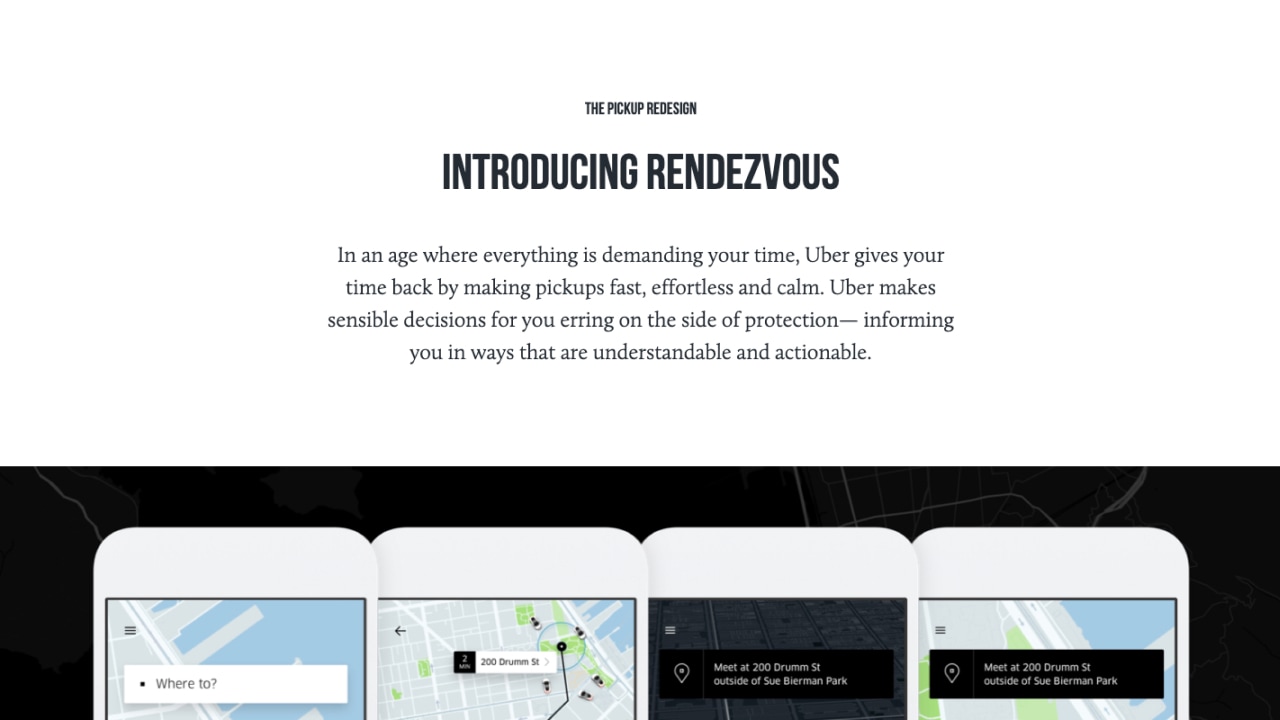

Or read about how to practically create a color framework for UI. Or why relying on design systems foundations may not be best practice. Or what the redesign of a critically-acclaimed product looks like.
Get help from a coach
A great way to close down the gap really quickly is to work with a coach. This is an IC designer (or someone in an adjacent design field) who’s ahead of you by a few years and who’s available and willing to guide you with short-term, tactical skills.
More specifically, they can look at your output from the above exercises and give you specific feedback about improving your visual and non-visual craft. They understand concepts like the Law of Proximity or card sorting and how to apply them in your work. They have hands-on experience with Figma best practices and how to structure files. Above all, they elevate your taste by showing you why some things work and others don’t.
By way of analogy

“Hey, wait a minute! … Pizza?”
“What’s pizza doing here in an essay about taste and craft?”
“It sure looks amazing, though” …
First off, that’s no ordinary pizza — it’s made by Francesco Martucci at Masanielli. Located in Naples, Masanielli is considered by connoisseurs to be the foremost pizzeria in the world. But I digress.
Well, it turns out there are several parallels between learning how to make pizza and learning how to design — everything mentioned above about taste and craft holds true.
If you’re clueless about pizza, you start by trying samples from reputed restaurants and pizzerias to get a sense of what good pizza should taste like. You start to see how the quality and proportions of the ingredients affect the final product. Based on what you find appealing, you start curating recipes and ideas from food bloggers, YouTubers or friends in the know.
As you start your own experiments, you research more practical aspects of the craft. How to knead the dough … deep dish vs. thin crust … which combinations of toppings go best with meats and which don’t … baking in a conventional oven as opposed to a brick or wood-fired. With each attempt, you get a little better. If you can’t trust yourself with objectively judging your own output; get a professional to critique it and give you tips.
So whether it’s pizza or design or writing or photography — lead with your taste. Practice, practice, practice. Use your taste to elevate your craft and close the gap. Ad infinitum.
High craft — the upper echelon
Once you get your taste and craft to a respectable level, you realize you can easily discern what is known as “high craft”. You are no longer limited to digital — your taste lets you recognize craft all around you. In the physical design of everyday objects. Clever branding on a billboard. Well-composed photographs versus average photographs. The impact of a carefully selected word on a magazine cover.
High craft is a philosophy.
An operating principle.
A state of being.

Once you reach the top, there’s no coming down. It must be honored all the way through. Steve Jobs has spoken about craft and quality more than just about anyone else …
When you’re a carpenter making a beautiful chest of drawers, you’re not going to use a piece of plywood on the back, even though it faces the wall and nobody will ever see it. You’ll know it’s there, so you’re going to use a beautiful piece of wood on the back. For you to sleep well at night, the aesthetic, the quality, has to be carried all the way through.
Taste and craft seem mutually independent to the beginner, but to the master they are deeply entwined. High craft is often associated with impeccable taste and careful attention to detail.

Craft links us to a larger tradition of makers by folding the long line that connects us across the vast expanse of time. I am in awe of the brushwork of Van Dyck even though the paintings were made four hundred years ago. My jaw drops at the attention to detail in Gutenberg’s original forty-two line Bible, and can’t help but be impressed by the ornamental patterns of Arabic mosques and their dizzying complexity. We all bask in the presence of beauty, because there is a magical aura to high craft. It says, “Here is all we’ve got. This is what humankind is capable of doing, with every ounce of care and attention wrung out into what’s before you.”Frank Chimero, The Shape of Design
High craft is a love letter from its maker.
There’s lots of ways to be as a person, and some people express their deep appreciation in different ways, but one of the ways that I believe people express their appreciation to the rest of humanity is to make something wonderful and put it out there.
And you never meet the people, you never shake their hands, you never hear their story or tell yours, but somehow, in the act of making something with a great deal of care and love, something is transmitted there.Steve Jobs, Make Something Wonderful